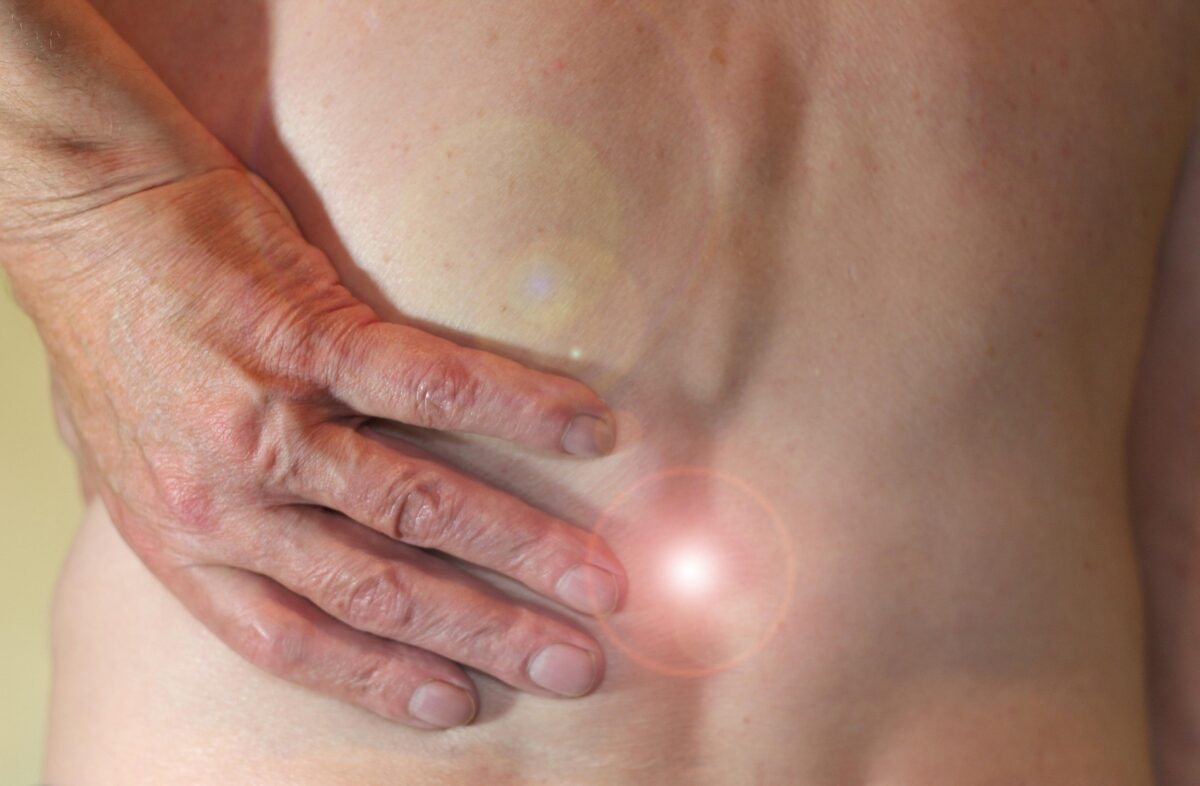Auto accidents are jarring events that can inflict a spectrum of injuries, both visible and invisible. While external bruises and lacerations are readily apparent, internal bruising, or hematomas, can remain undetected for hours or even days. These unseen injuries can be just as, if not more, dangerous, and require immediate assessment and management to prevent potentially life-threatening complications.
Deciphering Internal Bruising Post-Auto Collision
Internal bruising occurs when blood vessels rupture beneath the skin or within deeper tissues, leading to blood accumulation. This collection of blood can cause swelling, pain, and, in severe cases, significant internal damage.
Mechanisms of Injury:
- Blunt Force Trauma: The forceful impact of the collision can cause internal organs to strike against surrounding tissues, resulting in vessel rupture.
- Deceleration Injuries: Sudden deceleration can cause internal organs to shift within the body, leading to tearing and bleeding.
- Penetrating Trauma: Broken glass or metal fragments can penetrate tissues, causing direct damage to blood vessels.
Common Sites of Internal Bruising:
- Abdominal Cavity: Internal bleeding in the abdomen can lead to severe complications due to the proximity of vital organs.
- Thoracic Cavity: Bruising around the ribs or lungs can impair breathing and lead to respiratory distress.
- Cranial Cavity: Head trauma can result in subdural or epidural hematomas, which can cause increased intracranial pressure.
- Extremities: Deep muscle bruising in limbs can cause significant pain, swelling, and reduced mobility.
Identifying the Subtle Signs of Internal Bruising
The symptoms of internal bruising can vary depending on the location and severity of the injury, often manifesting subtly at first.
Abdominal Bruising Symptoms:
- Severe abdominal pain and tenderness.
- Nausea and vomiting.
- Dizziness or lightheadedness.
- Rapid heart rate and shallow breathing.
- Pale or clammy skin.
Chest Bruising Symptoms:
- Chest pain, exacerbated by deep breathing or coughing.
- Shortness of breath or difficulty breathing.
- Coughing up blood.
- Rapid and shallow breathing.
Head Bruising Symptoms:
- Severe and persistent headache.
- Confusion, disorientation, or memory loss.
- Loss of consciousness.
- Seizures.
- Slurred speech or difficulty speaking.
Limb Bruising Symptoms:
- Intense pain and swelling in the affected limb.
- Limited range of motion.
- Numbness, tingling, or weakness.
- Significant discoloration of the skin.
Comprehensive Diagnosis and Treatment at an Auto Injury Clinic
Auto injury clinics are equipped to provide specialized care for internal bruising, offering a range of diagnostic and treatment options.
Diagnostic Procedures:
- Detailed Physical Examination: Assessment of pain, swelling, and other physical symptoms.
- Advanced Imaging: X-rays, CT scans, and MRIs to visualize internal injuries and assess their extent.
- Laboratory Tests: Blood tests to check for internal bleeding, assess organ function, and identify potential complications.
- Ultrasound Imaging: To detect fluid accumulation in the abdominal or thoracic cavities.
Treatment Strategies:
- Close Observation: For minor bruising, close monitoring and pain management are often sufficient.
- Pain Management: Over-the-counter or prescription pain relievers to alleviate discomfort.
- Cold Therapy: Application of cold compresses to reduce swelling and pain.
- Rest and Limited Activity: Limiting physical activity to promote healing.
- Drainage Procedures: In severe cases, procedures to drain accumulated blood may be necessary.
- Surgical Intervention: For severe internal bleeding or organ damage, surgical intervention may be required.
Recognizing the Urgency: When to Seek Immediate Care
Internal bruising can progress rapidly and lead to life-threatening complications. Seek immediate medical attention if you experience:
- Severe abdominal or chest pain.
- Difficulty breathing or shortness of breath.
- Loss of consciousness or significant confusion.
- Severe headache or seizures.
- Rapid heart rate, dizziness, or fainting.
- Coughing up blood or vomiting blood.
Frequently Asked Questions (FAQs)
1. How long does internal bruising take to heal?
Healing time varies depending on the severity of the injury, ranging from a few weeks to several months.
2. Can internal bruising cause long-term complications?
Yes, untreated internal bruising can lead to organ damage, infection, and chronic pain.
3. What should I do if I suspect internal bruising after a car accident?
Seek immediate medical evaluation at an auto injury clinic or emergency room.
4. Can I treat internal bruising at home?
While minor bruising may be managed with rest and cold compresses, professional medical evaluation is essential to rule out serious injuries.
Conclusion
Internal bruising following an auto accident is a serious and potentially life-threatening condition that requires prompt medical attention. Auto injury clinics play a crucial role in diagnosing and treating these hidden injuries, ensuring timely intervention and promoting optimal recovery.
By recognizing the signs and seeking specialized care, individuals can mitigate the risks associated with internal bruising and regain their health and well-being.
Reach out to our Auto injury clinic for the treatment of Internal bruising (469) 200-5974 or visit us https://scclittleelm.com/

